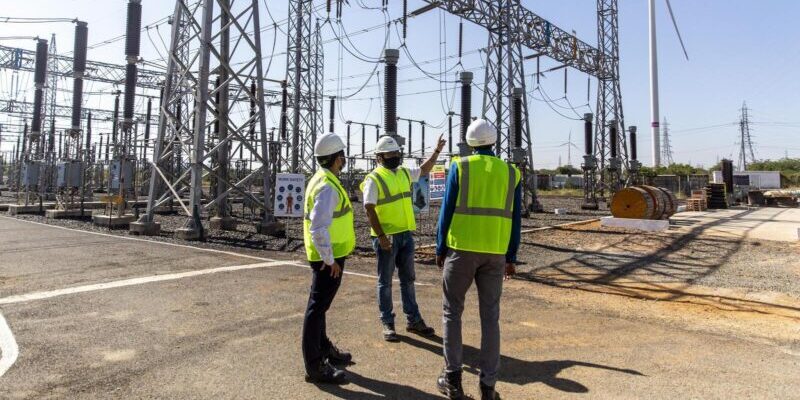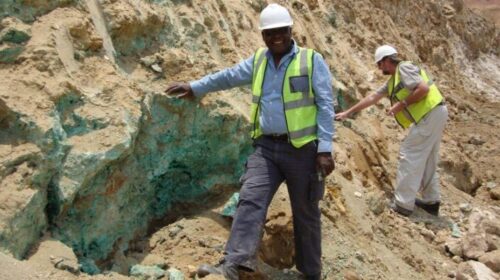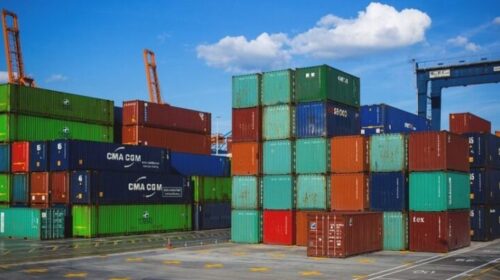DRC Faces Energy Deficit, Relies on Imports from Neighbors
The Democratic Republic of Congo (DRC) relies heavily on electricity imports to support its mining sector and overall economy. During a press briefing organized by the Ministry of Communication and Media on Thursday, Minister of Water Resources and Electricity, Teddy Lwamba Muba, discussed the challenges and potential solutions to address this growing dependency.
Dr. Teddy Lwamba Muba, an electromechanical engineer and former Deputy Director General of the National Electricity Company (SNEL), highlighted the stagnation in the country’s electricity production since 1982.
“The history of electricity production in the DRC effectively ended in 1982 with INGA2. At that time, our electricity production met our needs. However, the liberalization of the mining sector in 1997 significantly increased electricity demand,” explained Muba.
The increased demand has outpaced the country’s electricity production capabilities. “The boom in the mining sector reversed the trend, leading to a surge in electricity consumption.
Unfortunately, we did not liberalize the electricity sector simultaneously, and we were quickly overtaken by demand,” Muba stated.
Today, the DRC imports 250 MW of electricity from Zambia to support its mining sector. “We used to supply electricity to Zambia, but now we receive 250 MW from them, generating $8 billion in GDP from this electricity,” said Muba.
In addition to Zambia, the DRC imports electricity from several neighboring countries. “The Buhandahanda station in Goma, along with the Nelsap line, will soon allow us to receive around 50 to 100 MW from Ethiopia.
Angola, through the loop of friendship, will also provide power. From Brazzaville, we occasionally receive 25 MW. Tanzania plans to supply us with 100 MW from their new power station. Even the Central African Republic provides us with around 2 MW from Boali,” detailed the minister.
Muba emphasized the urgent need for investments in the electricity sector. “We must invest quickly to boost internal production and reduce our dependency on imports.
We are an export-oriented country, but currently, we export nothing,” he insisted. He mentioned plans to develop nine sites capable of generating 2,500 MW and utilizing leasing to obtain thermal and photovoltaic equipment to bridge the energy deficit.
“Dependence on electricity imports can have serious consequences for our economy. It is urgent to change policy and develop an energy defense strategy for the country,” concluded Muba.
With a national electrification rate of only 15%, the DRC has one of the lowest rates in Africa, with significant disparities between urban and rural areas.
SNEL’s production base is 2,416 MW, accounting for 96% of the country’s installed power, primarily from hydroelectric power stations.
180 total views , 1 views today





